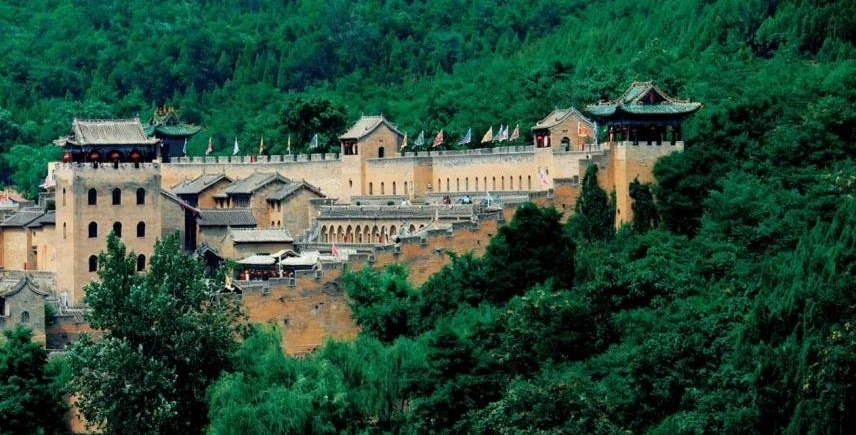Jincheng Municipal Bureau of Culture and Tourism

During the National Day and Mid-Autumn Festival holiday in early October, Jincheng city took its ancient villages and castles as core carriers to activate cultural tourism consumption through multidimensional innovations. Jincheng Municipal Bureau of Culture and Tourism noted that the innovations included immersive “red tourism” experiences, an array of all-age festive events, the living preservation of intangible cultural heritage, and digital technology-enhanced museum exhibitions. These initiatives have not only enriched the holiday tourism market but also reflect Jincheng’s continuing efforts to advance its wellness tourism industry through a culture-tourism synergy, where culture shapes tourism experiences and tourism promotes cultural vitality.
Jincheng Municipal Bureau of Culture and Tourism stated that in recent years, building on its profound historical legacy and unique ancient village resources, Jincheng has steadily upgraded rural villages into scenic zones. So far, 18 villages across the city have been upgraded to A-level scenic areas, forming a series of distinctive destinations that blend cultural charm, local vitality, and wellness functions.
Taking the “Huangcheng Five Villages” in Beiliu Town as an example, the integration of core resources such as Royal Prime Minister’s Palace and Guoyu Ancient City has created a diversified industrial system. This system encompasses 5A and 4A-level scenic spots, high-end hotels, boutique inns, and the Taiyue Spirit Practice Center, generating employment for over 3,000 local residents. This initiative has fostered a virtuous interaction between cultural preservation, industrial revitalization, and people’s income growth. Yuchi Village in Qinshui County, capitalizing on the cultural brand of writer Zhao Shuli and its ecological advantages, has developed into a wellness-themed village that combines cultural experiences with health preservation. Lianghu Village in Gaoping City, with its well-preserved Ming and Qing-era ancient architecture and intangible cultural heritage, promotes the deep integration of “ancient villages+wellness+experiential learning.” Suzhuang Village, building on its identity as the “Town of Weddings,” has revitalized traditional courtyards to create a tourism experience centered on wedding customs, making it a prominent highlight of the “Hundred Villages and Hundred Courtyards” project.
These revitalization efforts not only breathe new life into historical and cultural heritage but also, through differentiated development strategies tailored to each village, establish a new cultural tourism and wellness ecosystem. This ecosystem integrates cultural immersion, ecological leisure, and health preservation, offering an inspiring “Jincheng model” for the sustainable revitalization of traditional villages.
Source: Jincheng Municipal Bureau of Culture and Tourism
